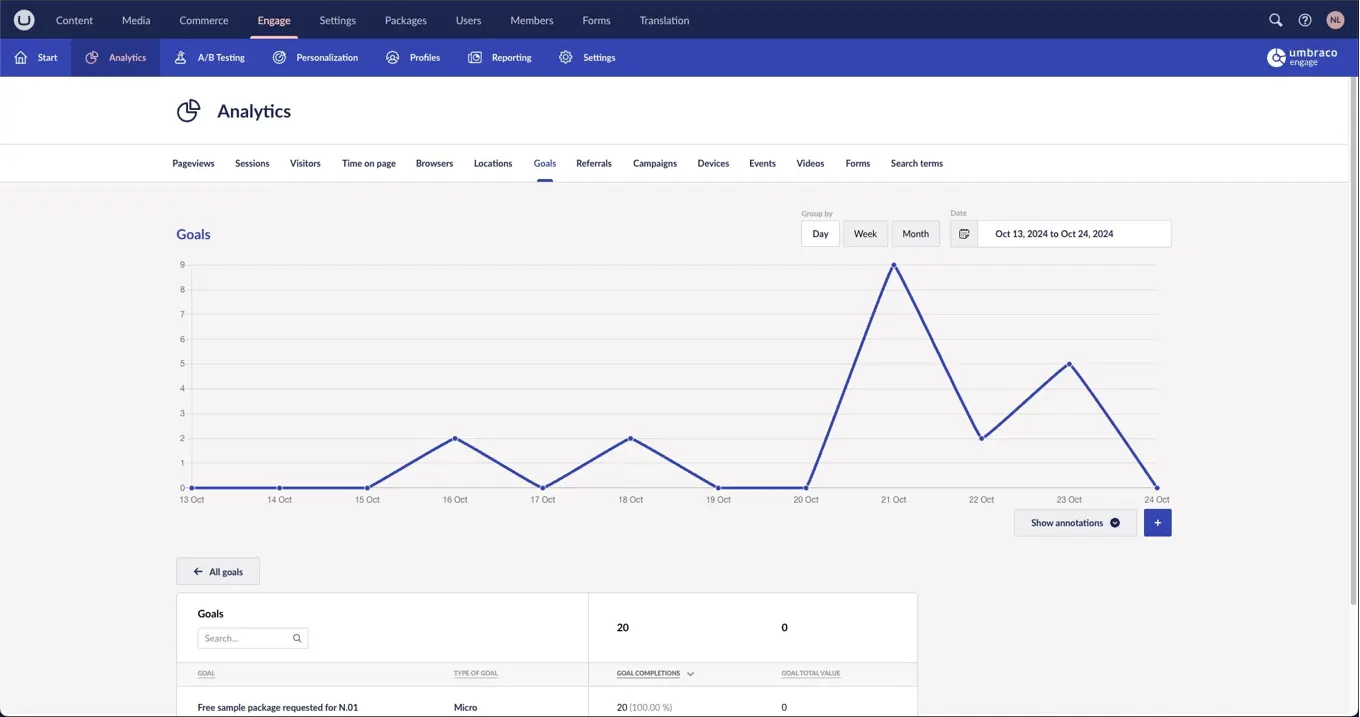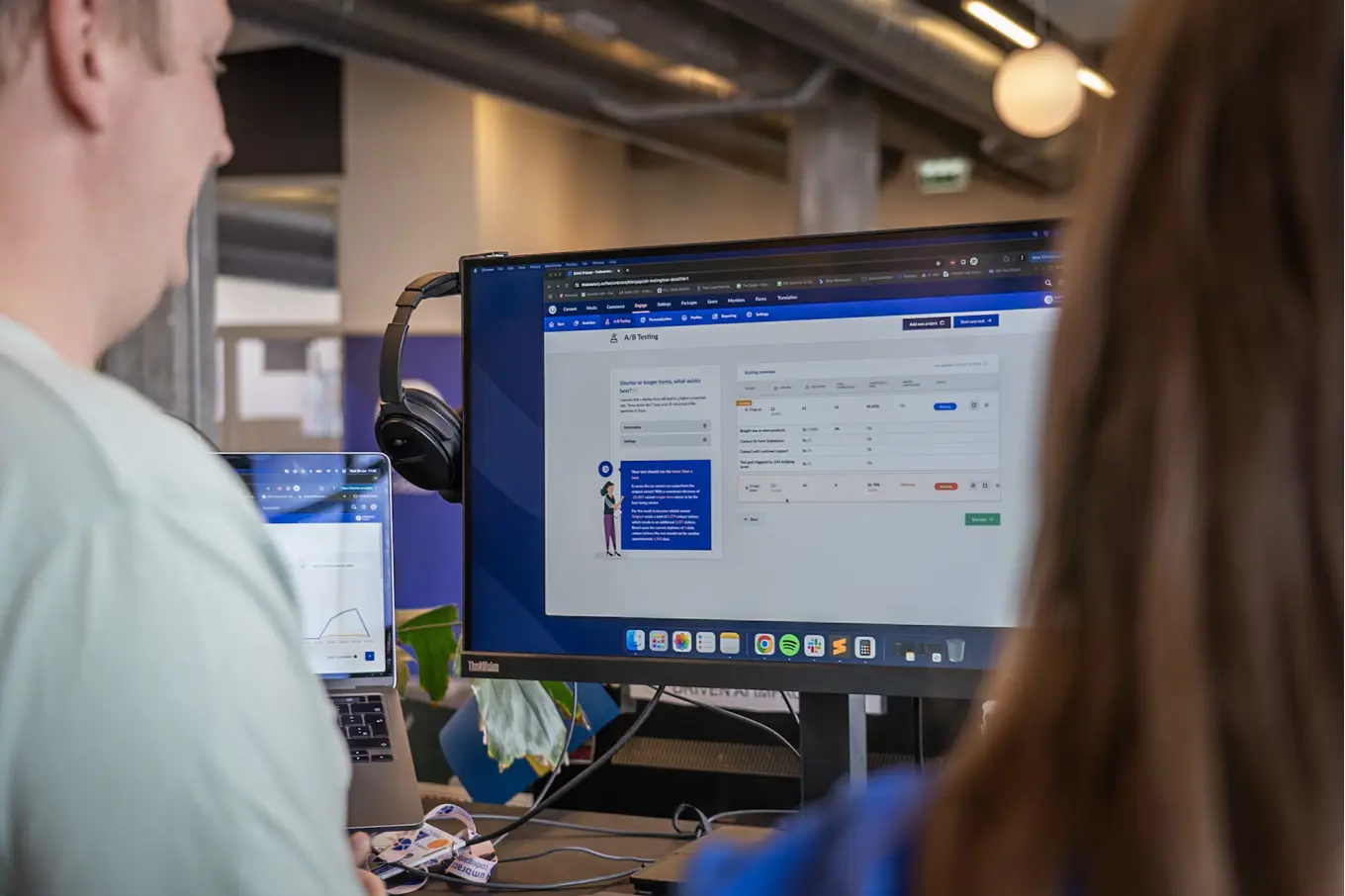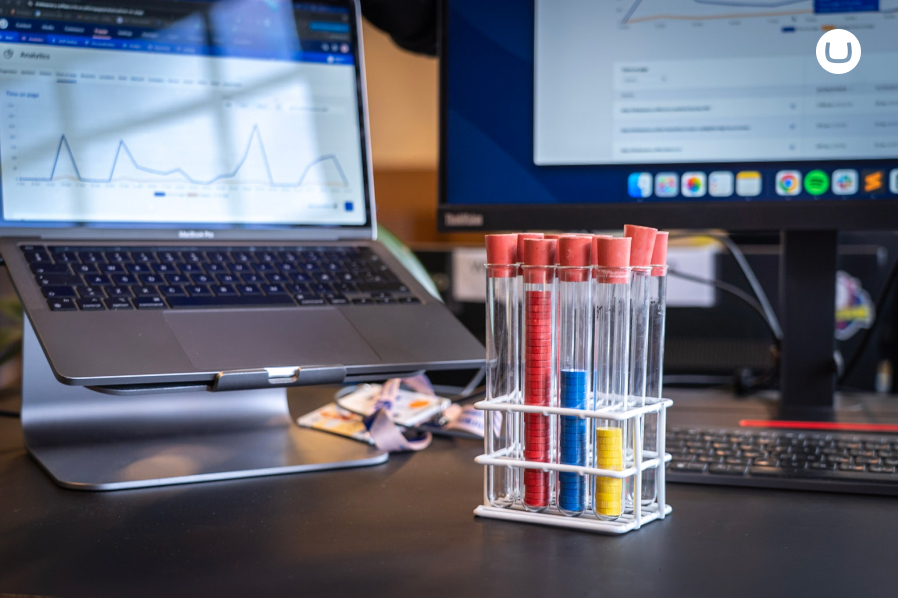Related story

Effective A/B Testing (Part 2)
A/B testing is a powerful tool… When it works. But not every test will deliver results you can trust. In fact, many marketers launch tests without knowing whether the data they collect will be significant at all. The result? Misleading wins, misleading losses, and a whole lot of wasted effort. This post is about the shift we made from “let’s test it and see” to testing with confidence, and the simple steps you can take to make sure your test results are actually worth acting on.




